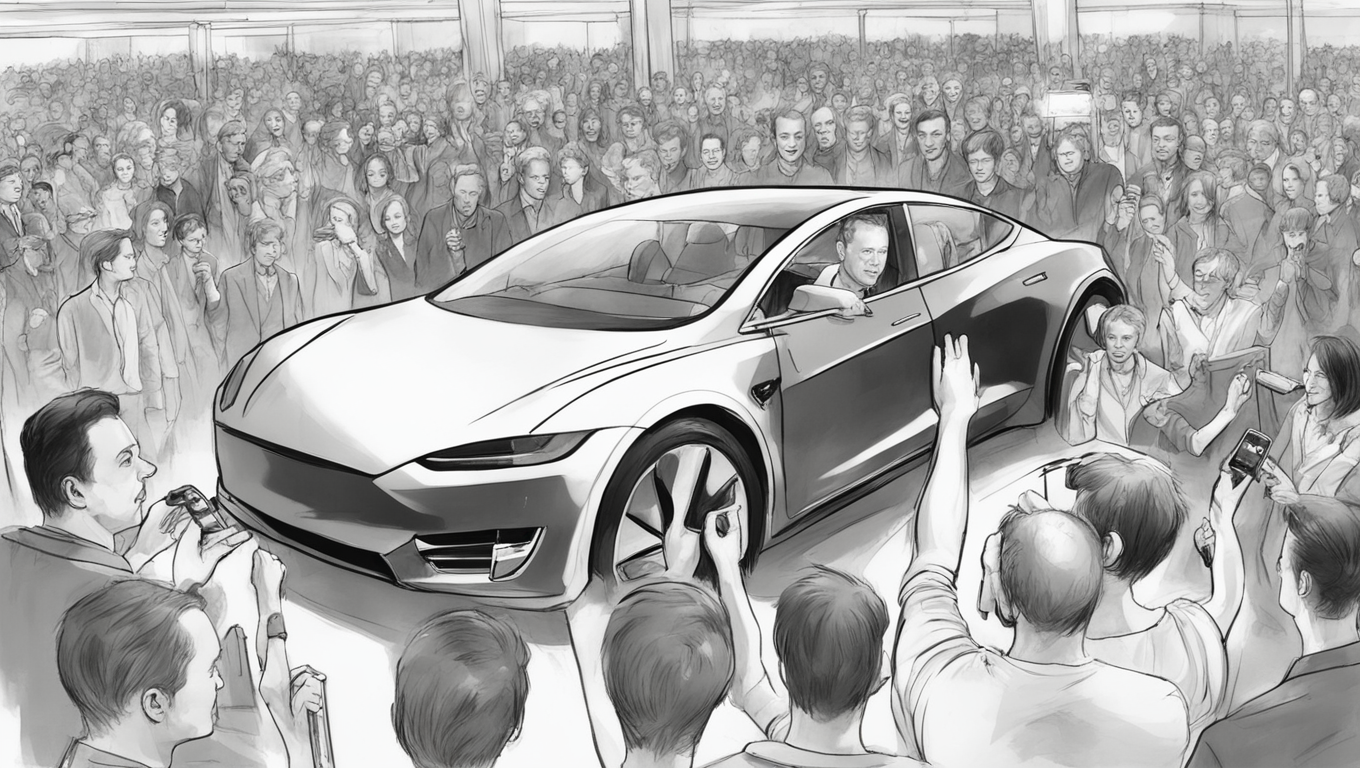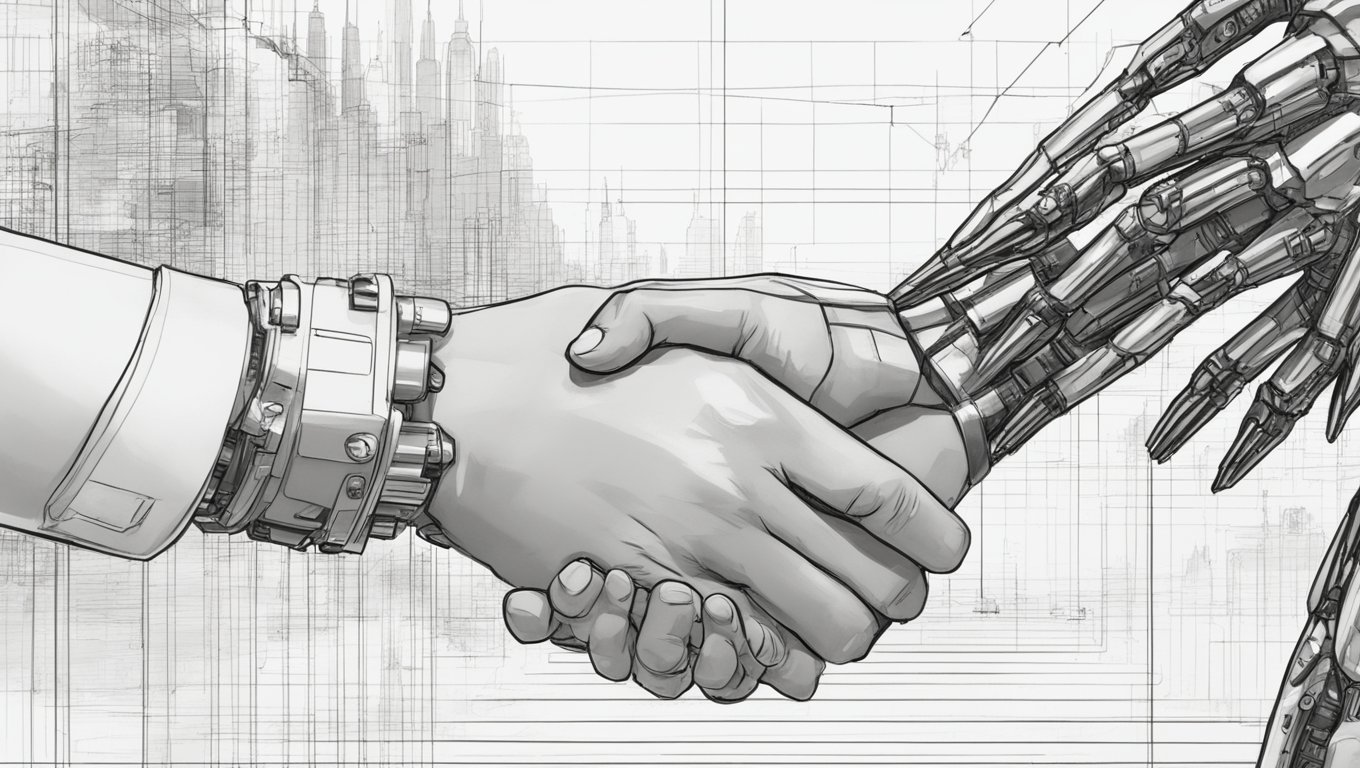Tesla CEO Elon Musk announced on Tuesday that the company’s humanoid robot, Optimus, may be ready to hit the market as early as the end of next year. With labor shortages looming, many companies have been investing in humanoid robots to perform repetitive and potentially dangerous tasks in various industries. Musk stated that Optimus would likely be capable of factory tasks by the end of this year.
Humanoid robots have been in development for years, with companies like Honda and Boston Dynamics making significant progress. Recently, startup Figure partnered with German automaker BMW to deploy humanoid robots in their US facility. With his characteristic boldness, Musk believes that robot sales could become a major part of Tesla’s business, potentially surpassing car manufacturing.
Musk’s confidence stems from Tesla’s expertise in artificial intelligence (AI). He believes that Tesla is well-positioned to achieve volume production with efficient AI inference directly on the robot itself. However, it’s worth noting that Musk has a track record of not fully delivering on his ambitious promises. In 2019, he assured investors that Tesla would have a network of autonomous “robotaxi” cars by 2020, which did not materialize.
Despite this, Tesla has made strides in the field of robotics. In September 2022, the company unveiled the first generation of its Optimus robot, known as Bumblebee. Earlier this year, Tesla showcased a video of the second generation of the bipedal robot successfully folding a T-shirt at one of their facilities.
Other companies are also making advancements in humanoid robots. Figure released a video in February featuring its 01 robot making coffee, while Boston Dynamics recently introduced an electric platform for its Atlas robot. This platform allows the robot to go from a lying down position to standing and walking.
As the race to develop humanoid robots heats up, it will be interesting to see how Tesla’s Optimus compares to its competitors. The potential for humanoid robots to address labor shortages and perform repetitive tasks could have significant implications for industries such as logistics, warehousing, retail, and manufacturing.
The future of automation and robotics is rapidly unfolding before our eyes. Elon Musk’s vision for a humanoid robot is no longer confined to science fiction, but a tangible possibility within the next few years. The integration of AI and robotics brings us closer to realizing the potential of machines to assist and augment human capabilities in various domains.





Use the share button below if you liked it.